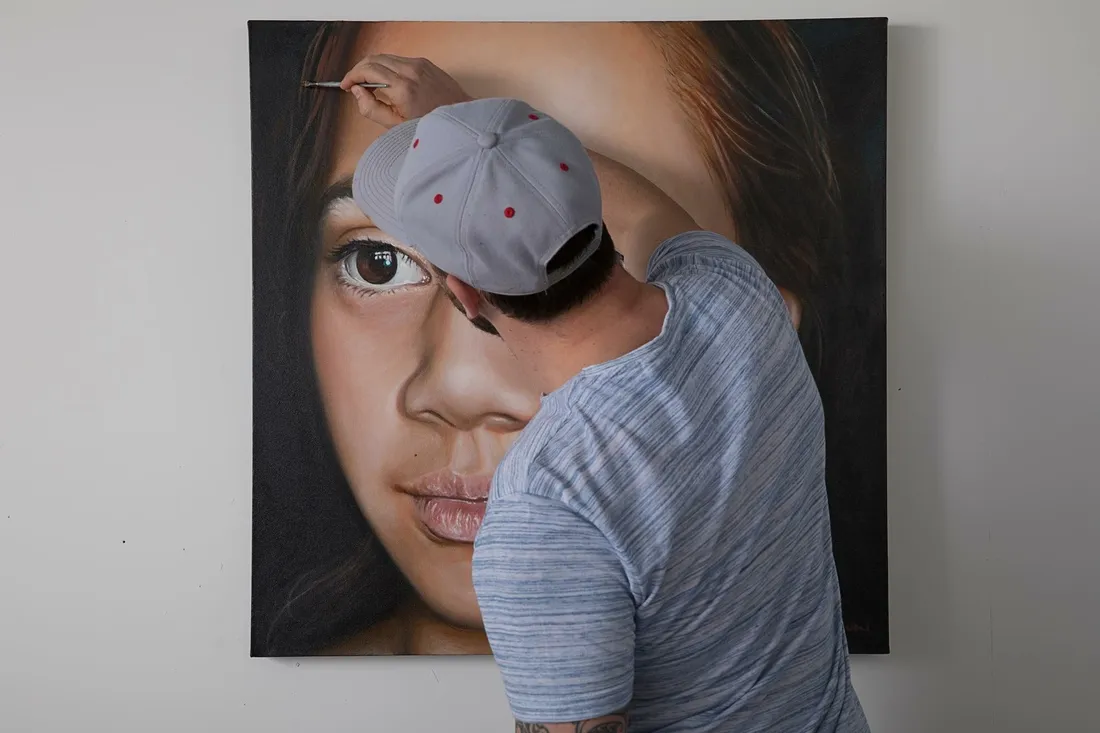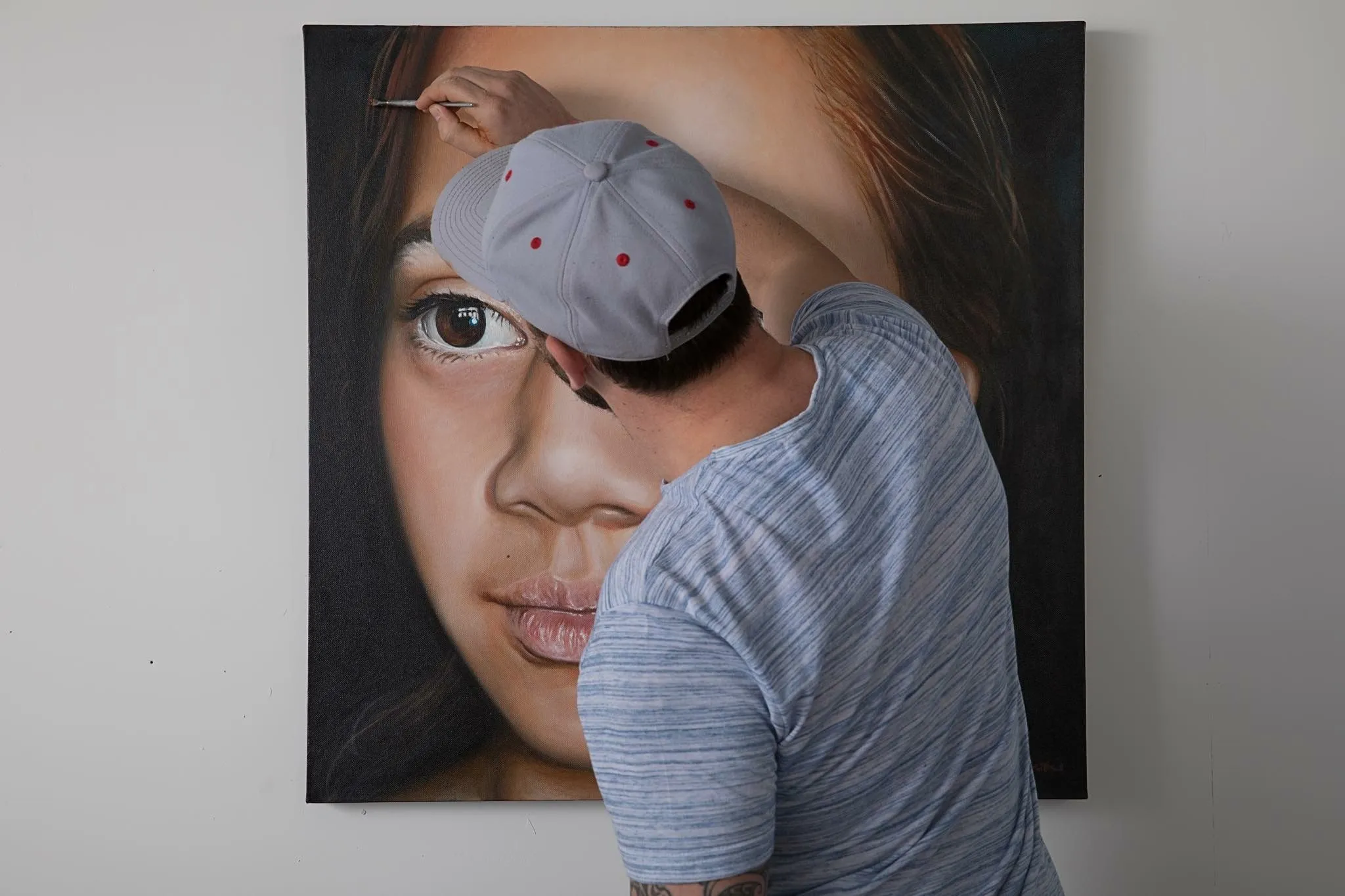Lowdown #19: Chorus of discontent as touring shows pass over local artists
Written by


Currently, international companies can bring large musical productions to New Zealand and not employ a single New Zealand actor. Meanwhile, as reported in RNZ’s Zoe George’s article, the same companies struggle to tour Australia because across of stronger industrial regulations and a bigger, punch-packing Aussie musical industry.
Not so long ago, touring productions had to get approval from Actors Equity New Zealand for non New Zealand cast members, but that went out the window with immigration law changes that occured at the same time as the ‘Hobbit Law'. In Australia the law requires at least fifty percent of a production’s cast to be of Australian descent.
George notes that only a handful of NZ companies can afford to do professional musicals, limiting the paid work for actors here. "There is even a scenario in some parts of the country,” says musical That Bloody Woman creator Luke Di Somma, “where fully trained actors are doing amateur shows for free to get in with the directors of professional shows.” Equity’s Jennifer Ward Lealand says that producers need to be more transparent with the public that actors in NZ musicals are often not getting paid. Music Theatre NZ president Daniel Pepperell meanwhile might like to get wider feedback on the old inequity that “lighting and sound people are often paid for their work because audiences can tolerate performers not being perfect, but if a technical issue is to occur that can ruin a show.”
Music Theatre NZ president Daniel Pepperell meanwhile might like to get wider feedback on the old inequity that “lighting and sound people are often paid for their work because audiences can tolerate performers not being perfect, but if a technical issue is to occur that can ruin a show.”
George’s news feature provides a rare window into these issues and the growth of a homegrown musical scene. And for a great taste of why That Bloody Woman has been such a hit head to Vimeo for excerpts.
Di Somma also lobbies for musicals and opera to get their own funding stream with Creative New Zealand. CNZ meanwhile is reviewing its investment programmes, Totara and Kahikatea which provide ongoing funding to major arts organisations. They are seeking feedback through a survey. The changes will look to align these schemes with CNZ’s additional new priorities from 2019 onwards: regional access, reflection of New Zealand’s diversity and support and development of Maori and Pasifika led organisations. Changes proposed include extending Totara funding agreements from three to six years (which will be music to arts adminstrators’ ears) and creating two new key roles for Totara organisations: national touring and arts by, with and for young New Zealanders.

That Bloody Woman at Centrepoint Theatre Palmerston North
Musical Theatre Chairs
There have been some quick musical chairs at BATS Theatre in Wellington which, welcomingly, sees the very experienced Jonathan Hendry return to Wellington to be Development and Operations Manager and Co-General Manager, alongside Heather O’Carroll. Hendry was recently Artistic Director of Dunedin’s Fortune Theatre and first performed at 1 Kent Terrace back in 1989 as a student. BATS have their annual TABS summit for arts practitioner development on the weekend of 29-30 September.
Meanwhile, New Zealand Theatre Month has been doing its job and getting welcome amounts of coverage for NZ theatre in newspapers and on radio stations big and small. Would it have been the case if not for the presence at the helm of Roger Hall, the playwright beloved of our white middle class?
Meanwhile, New Zealand Theatre Month has been doing its job and getting welcome amounts of coverage for NZ theatre in newspapers and on radio stations big and small. Would it have been the case if not for the presence at the helm of Roger Hall, the playwright beloved of our white middle class?
On The Court Theatre website artistic director Ross Gumbley spoke to Hall about the importance of people understanding our theatre history better and the skills going on backstage. On Noted Hall picks his unsung heroes of NZ theatre (which some on social media were quick to point out squarely represented the old Pākehā school). It’s a good time to acknowledge roots – I ended up at the 70th anniversary of the Kapiti Playhouse on Saturday for a theatre costume parade (70 years!) and a host of well-known actors recall their early days treading the boards at small theatres in the NZ Herald.

Painter Greg (‘Chiaroni’) McDonald opens Chiaroni Gallery in Invercargill
Moving painting
Vaka Interactiv as Idealog reports have - a la Hogwarts – worked with Dunedin based artist Greg (‘Chiaroni’) McDonald to make a painted portrait interactive, which is claimed as “a world first”. The subject of McDonald’s ‘Descendant X’, is his niece Claudia Ramsay-Aupouri, who not only moves but tells the viewer about herself.
More on the likely Artists Alliance closure in the NZ Herald since the last Lowdown... - "There seems to be support for the big projects — the Venice Biennales of the world — but you can't get to fabulous if there's no basic services to help people make a name in the first place," says Artists Alliance director Maggie Gresson.
The work is on display as part of the opening exhibition of a new gallery run by McDonald in Invercargill, Chiaroni Gallery (as reported by the Otago Daily Times with a great video interview).
The gallery pays tribute to McDonalds’ great-grandfather artist Ambrogio Chiaroni who, McDonald says, opened the first gallery in Southland back in the 1870s. The new gallery provides Southland artists with vital gallery space.
More on the likely Artists Alliance closure in the NZ Herald since the last Lowdown. The organisation alongside Deborah White from Whitespace and Artweek call for the establishment of an organisation like Australia's National Association for the Visual Arts - "There seems to be support for the big projects — the Venice Biennales of the world — but you can't get to fabulous if there's no basic services to help people make a name in the first place," says Artists Alliance director Maggie Gresson.
Adriano Pedrosa, Artistic Director at the globally renowned São Paulo Museum of Art in Brazil, has been appointed as the international judge for this year’s Walters Prize. The award announcement is on November 2.


Emily Duncan
Gonggg!
Our oldest writer’s award is still arguably top of the pile: the Robert Burns Fellowship in Dunedin. For 2019 it stays close to home, awarded to Dunedin playwright Emily Duncan. Duncan was commissioned by the now closed Fortune Theatre to write a play for the University of Otago's 150th commemorations next year. It’s about the lives of New Zealand's first female medical graduate Dr Emily Siedeberg and first female law graduate Ethel Benjamin. There’s no news on that production, but her play Eloise in the Middle is being staged at Dunedin Public Art Gallery later this month, after originally being programmed at the now-demised Fortune (Duncan’s production company is running a Boosted campaign to see it happen).
Painter Imogen Taylor is on a bit of a run. Following the McCahon House residency and the Wallace Art Awards Paramount Prize she will soon be the 2019 Frances Hodgkins Fellow in Dunedin. Meanwhile, choreographer Antonio Ssebuuma is 2019 Caroline Plummer Fellow in Community Dance; Fifi Colston is the College of Education/Creative New Zealand Children's Writer in Residence; and composer and musician Dylan Lardelli, the current Mozart Fellow, has received the fellowship again in 2019.
After two consecutive years making the New Zealand Book Awards shortlist, Sue Wootton is now the recipient of the 2018 New Zealand Society of Authors Peter and Dianne Beatson Fellowship. She’ll use the fellowship to work on her second novel exploring the effects of the 1948 polio epidemic.
In other writer award news: Gillian Roach is this year’s winner of the New Voices – Emerging Poets Competition. Gillian is graduate of the AUT Masters in Creative Writing programme. News on this and other poetry awards can be found at Paula Green’s excellent NZ Poetry Shelf.

‘Honeymoon Latte’ at CoCA's Precarious Nature 2016. Pictured lawyer David Round, artist Sam Mahon and economist Eric Crampton. Image: Janneth Gil
Taking it Online
We’re just loving Giselle Clarkson’s online comic series at The Sapling. Here’s one on the unusual history of a much loved work of NZ literature – Margaret Mahy’s A Lion in the Meadow.
Christchurch artist Gaby Montejo’s Honeymoon Latte made quite a stir in 2016 at CoCA inviting different people with a stake in the dairy industry to enter a spa pool full of milk (delightful video here). The work now features in an online exhibition of performance art from Istanbul, How to Drink Conflicting Water.
Lots of great RNZ content in the Lowdown this week, so it’s suitable we feature the rather tuneful RNZ Complaints Choir: "I don't need another word of Māori coming out my radio/ You're a bunch of leftie-loving loonies when you let your colours show".
A wonderful tribute to remarkable protest photographer Gil Hanly: "I'm not a leader. I think I always felt like I could contribute more by the use of the photos, making sure they got to the right people, than I ever could speaking at rallies or anything like that."
The annual International Literature Festival in Dublin last May featured some New Zealand writers, with Kirsty Gunn, Hera Lindsay Bird, Selina Tusitala Marsh and Ashleigh Young. Some of the writers reflect on their experience on Contemporary Hum, introduced by Litcrawl’s Claire Mabey.
Want more of the Lowdown? Check out Mark Amery's past Arts Media Lowdowns here and subscribe here to our weekly bulletin so it comes straight to your inbox. News and content ideas are welcomed for future editions of Arts Media Lowdown. Please send to mark.amery@thebigidea.co.nz.